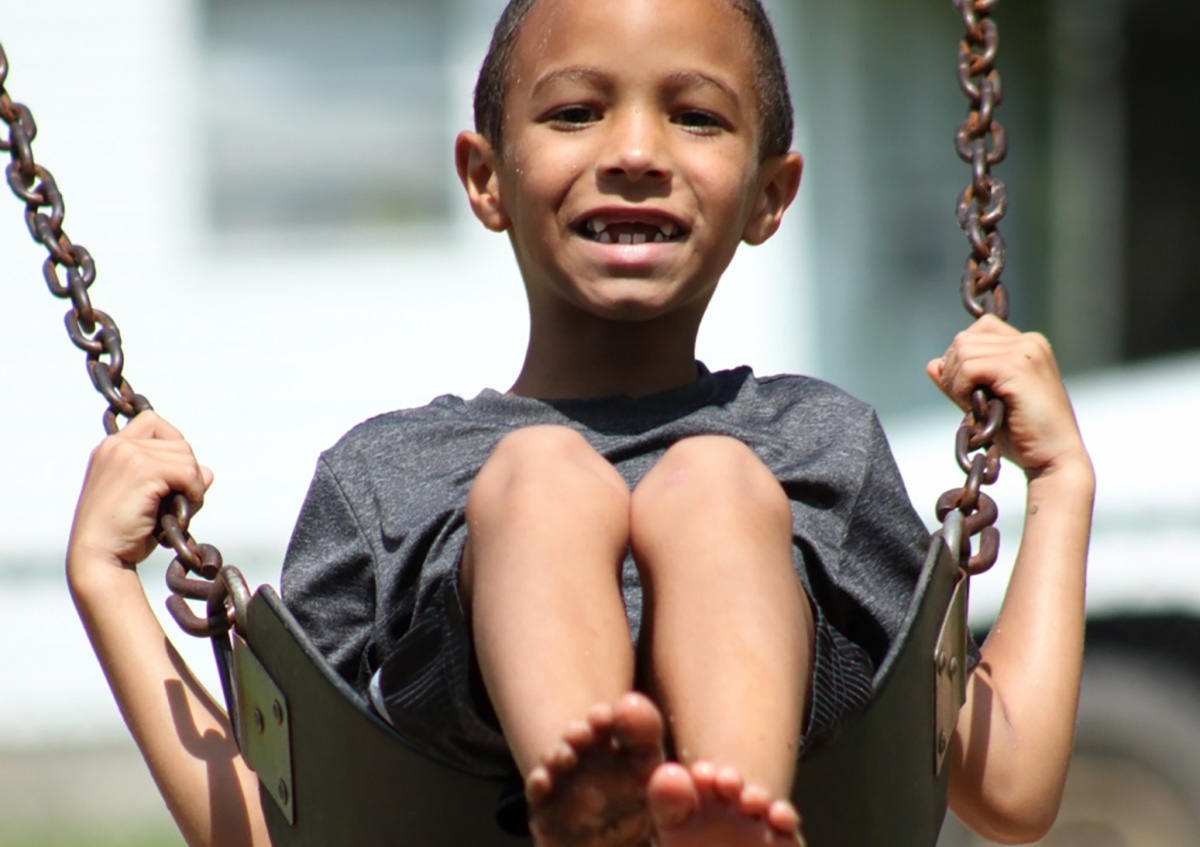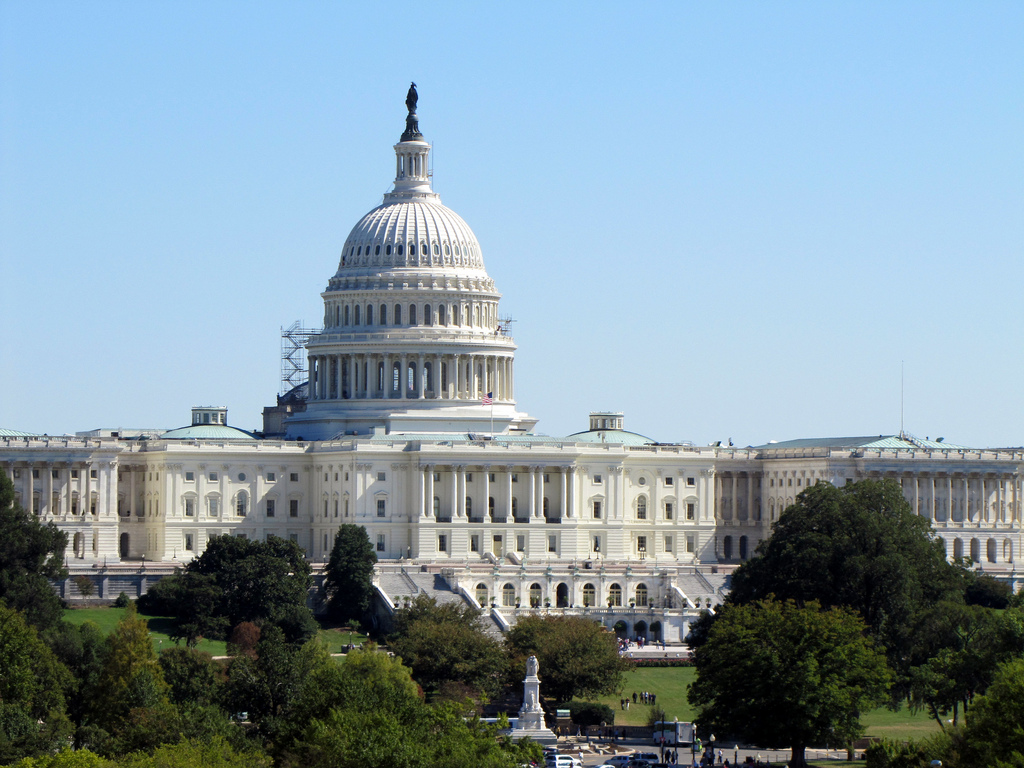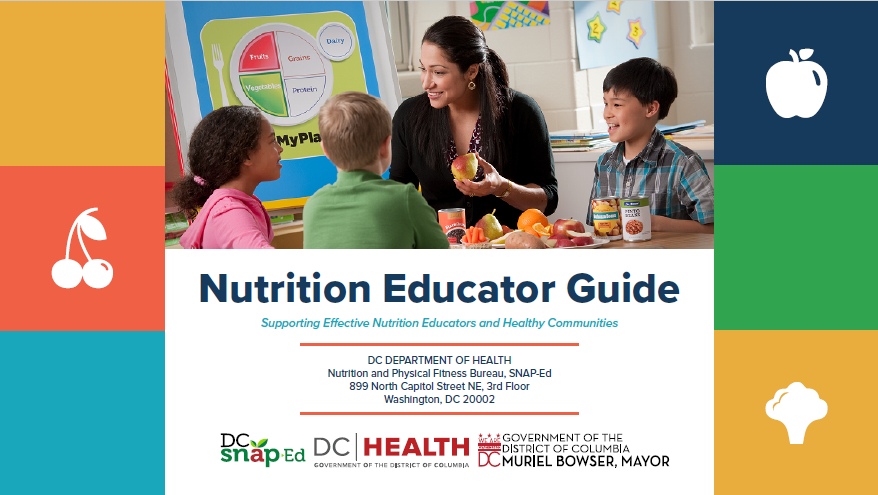Challenge
Physical activity in certain parts of the nation’s capital is on the decline, while overweight, obesity, diabetes and heart disease rates increase in specific areas of the District. Children and adults seek safe, affordable places to play in these neighborhoods; but often, school yards and gyms are unavailable when school is out. Efforts to pass shared use policies in the DC Council have existed for more than 5 years, but this policy campaign had insufficient grassroots support to mobilize council members and to respond to any opposition that might emerge. A strong, vocal group of stakeholders residing in the neighborhoods where schools are reluctant to agree to shared use of recreation facilities by community groups will be critical to building and securing support for the “Shared Use” legislation.
Intervention
ABCD, working with the Mid-Atlantic Region Affiliate of the American Heart Association on a grant from Voices for Healthy Kids,
- Interviewed nine DC agencies participating in the shared use process to gather information about experiences with the current DC shared use policies and to form a working group with community groups and residents to improve the process.
- Analyzed data received from a Freedom of Information Act request to the DC Department of General Services for approved shared use agreements at DC Public Schools, which resulted in a number of reports, infographics, and additional resources that became the basis of the advocacy campaign.
- Conducted a needs assessment through survey of community organizations that both participated and did not participate in the process of shared use agreements to clarify current landscape, implementation needs of the communities, barriers to implementation, what have they tried, and who and what needs to be part of solutions.
- Built advocacy capacity of community organizations and community families through discussions and distributions of materials at community meetings and events and sharing reports and stories about community experiences with schools to use recreational spaces on a newly created website, newspapers, television, and social media.
Outcome
- Produced a report, Opportunities to Share Clean, Safe Spaces at Public Schools, that found that areas of highest chronic disease rates and lowest physical activity, only 1/3 of schools are open to shared use with community groups. Whereas in healthier areas, about 2/3 of school are open.
- Produced a report, Successes, Limitations and Barriers to Community Groups Usage of Public Schools, that identified six solutions community groups suggested to improve the shared use agreement process and enable schools and groups to offer more recreation outside of school hours and days.
- Mapped the public schools with and without shared use agreements and found some kids have to walk more than a half-mile through high-crime neighborhoods and across busy streets to find an open recreation facility when they lived in physical activity deserts.
- Formed a working group with DC agency heads; community organizations offering recreation to children, youth and families; and residents of high-need areas.
- Shared information with DC Council members to encourage introduction of policies that would improve the shared use process and usage in DC.



